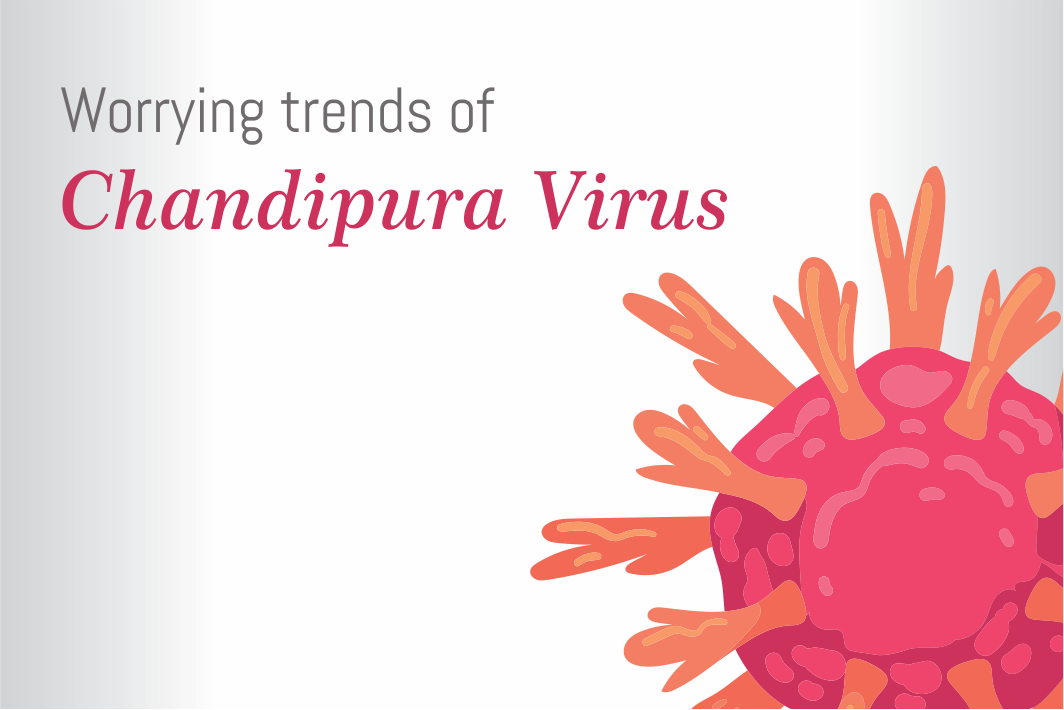The evolution of
viruses in recent years has had catastrophic results on humans. From the
COVID-19 virus to Nipah, Zika, etc., the viruses’ virulence has wreaked havoc.
Adding to the woes is the lesser-known Chandipura virus. This virus, with its
recent outbreak in Gujarat, is taking a toll on children. It remains a primary
concern, with many succumbing and spurting in the positive cases.
The
encephalitis-causing virus is fatal. Within a short period, an infected individual
heads into a coma, leading to death.
The virus
has been present in this universe for a long time, but not in severe form. The
recent outbreak sends a warning signal to virologists about its severity.
History
Chandipura in
Maharashtra recorded the first outbreak in 1965. An outbreak in Andhra Pradesh
in 2003 resulted in 183 deaths and 329 children infected. Gujarat also
registered a similar outbreak in 2005, where the death rate was higher.
Causes
Climate change
has led to a spurt in vector-carrying diseases and an outbreak. The main
vectors for the Chandipura virus are sand, flies, ticks, and mosquitoes. The
virus replicates in the saliva of the vectors, and humans get infected once
bitten. The virus belongs to the Rhabdoviridae family. It usually affects under
15 years old 15 years.
The virus
travels in the blood and through the central nervous system. It reaches the
brain while breaking through the blood-brain barrier. It releases
phosphoprotein inside the brain cells. This has a catastrophic effect: within
the first six hours, a patient can succumb.
Symptoms
The virus causes
flu-like symptoms, including body aches, fatigue, cough, and sore throat.
Infected people also suffer from diarrhea, vomiting, and nausea. Some
experience rashes, blisters, etc.
Prevention
Health research
is currently being undertaken to understand more about disease potential.
Hygiene practices are the need of the hour. People handling domesticated
animals need to maintain proper hygiene. Insecticides can play a role in
eradicating sandflies, mosquitoes, etc.
Timely
medical intervention to track the symptoms will help control the disease.
Supportive care, along with antiviral medicines, will also help.
Connecting
the dots
Outbreaks of
viral diseases are nothing new in a tropical country like India. Controlling
the outbreak and deaths in rural areas questions the healthcare infrastructure.
The recent handipura virus outbreak points out pediatricians’ non-availability,
which led to symptoms going unnoticed.
Awareness
remains a big question in the event of a virus outbreak. Lack of knowledge also
leads to many not seeking healthcare facilities and avoiding approaching them.
Health
workers visiting the infected zones will help to ward off the disease to a more
significant extent.
Viruses will evolve and become more severe in
days to come. Prevention and monitoring of the symptoms will be the key to
success.





